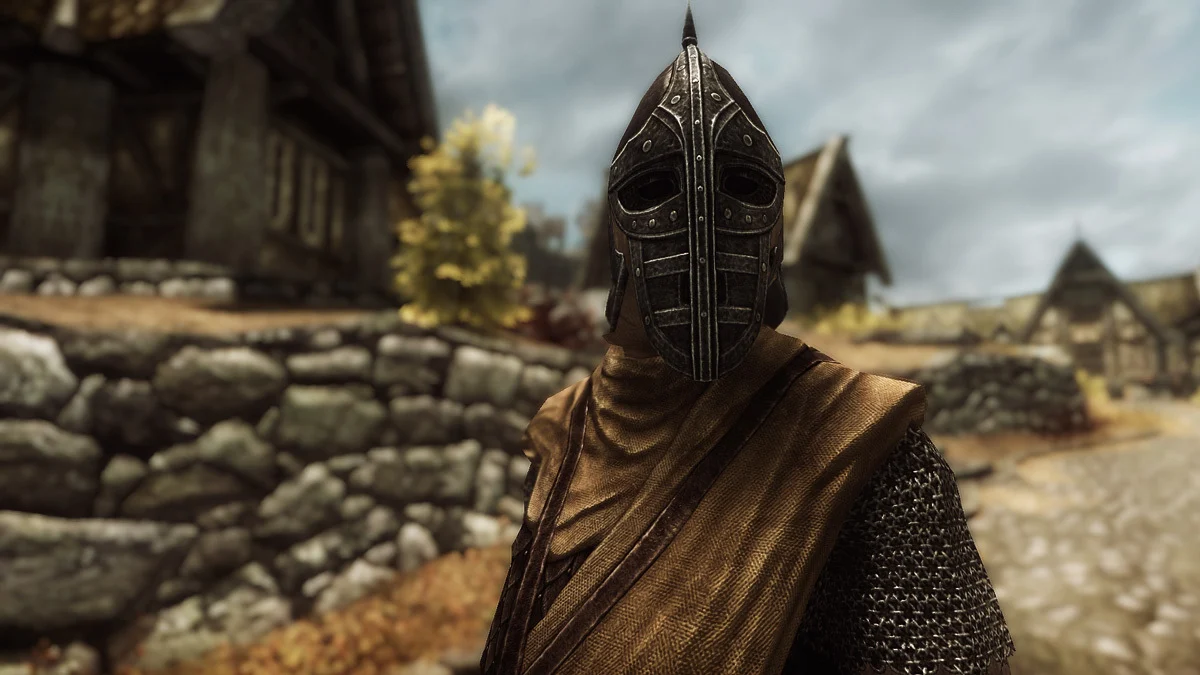“I used to be an adventurer like you, then I took an arrow in the knee” remains one of the most iconic quotes from the gaming world, originating from Skyrim as a casual utterance. Despite its seemingly trivial nature, this line has transcended the realm of video games, capturing the attention even of historical experts.
Kevin Hicks, a medieval enthusiast and creator behind the YouTube channel thehistorysquad, found himself intrigued by the persistence of this particular Skyrim meme among his viewers.
Hicks recounts how his audience consistently referenced the “arrow in the knee” line whenever his channel delved into discussions about medieval injuries.

This curiosity among his followers propelled Hicks to explore the subject more deeply, especially after his son introduced him to The Elder Scrolls universe. Thus, Hicks decided to create a video dedicated to dissecting the mechanics and implications of such an injury with a sincere historical lens.
Delving into the context of medieval times, Hicks raises pertinent questions: Did individuals survive such wounds? Could they resume their duties afterward?
What were the real consequences of being struck by an arrow in the knee? Drawing parallels between Skyrim’s fantasy world and historical reality, Hicks sheds light on the significance of understanding the injury within its historical framework.
While the video explores some graphic details, including a demonstration of the arrow-to-the-knee injury on a plastic model replicating the anatomy of the kneecap and its ligaments, Hicks ensures that the presentation remains educational rather than sensationalistic.
Particularly fascinating are the depictions from medieval illustrations showcasing the ingenious devices crafted to aid individuals with injuries and disabilities in movement.
In a noteworthy segment of the video, Hicks personally recreates one such brace using copper strips and leather, emphasizing its practicality in aiding mobility for those with knee injuries.
Although such contraptions wouldn’t render an injured soldier fit for battle, they certainly provided relief and assistance for tasks like guard duty. In essence, Hicks concludes that the seemingly whimsical reference in Skyrim surprisingly aligns with historical accuracy when viewed through the lens of medieval reality.






